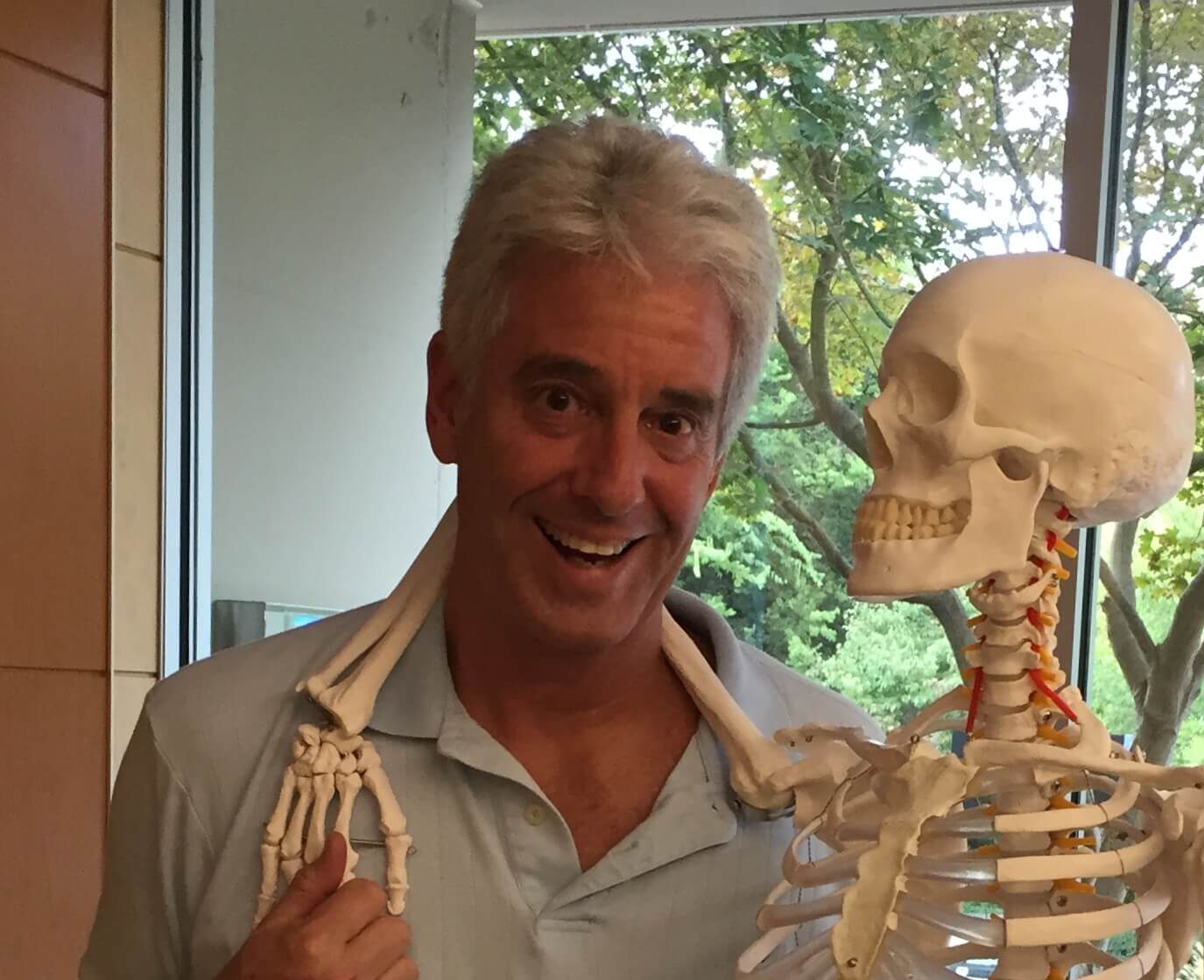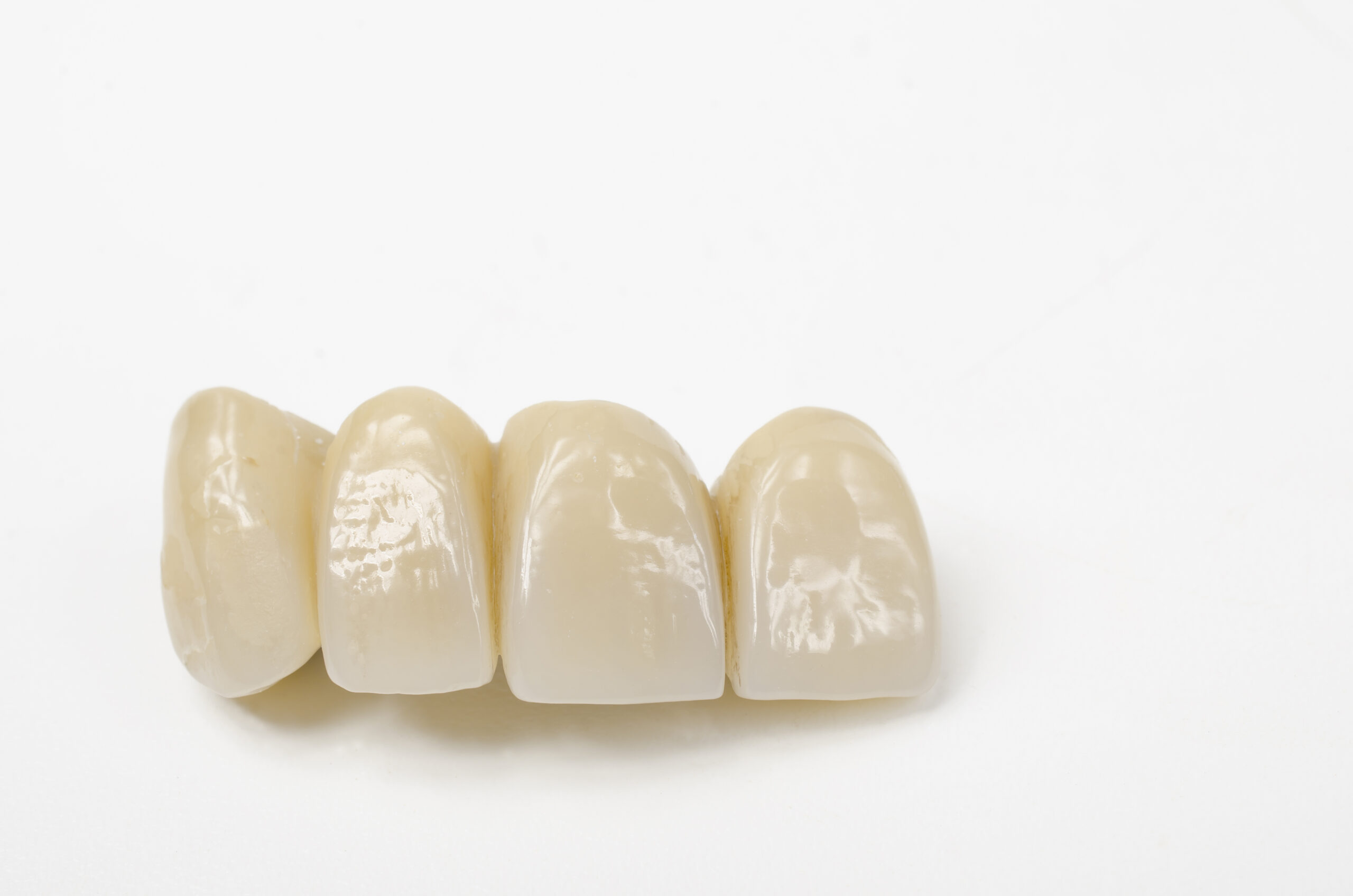What’s Your Marketing Philosophy?
By Paul A. Henny, DDS
Times change; that’s for certain. When dental advertising was first allowed in the 1970’s, there was much discussion around whether marketing a dental practice was ethical. Today, marketing ethics is an issue for dental licensing boards to decide, while most dentists have moved on to focusing on HOW to best market their practice.
Combine this new marketing-oriented mindset with the internet, and there’s a lot of confusion, wasted time, wasted money, and wasted energy.
Why? Because most marketing efforts are focused on bodies and not people with feelings, priories and values. To quote a popular marketer in dentistry today: “In the end, the only thing that matters is how many butts you put in the chairs.” Really? And as a result, too many dentists are hung up on paying attention to the wrong metrics: ad clicks, social media likes, a high search engine results page (SERP) ranking, new patients per month, and so forth.
It’s nice to have lots of visitors to our website (and important), but the best question to ask is: Why are prospective patients visiting our website in the first place? The answer speaks to FIT: Is this person likely to be a good fit with our practice Mission and Philosophy?
If the person fits in with our practice’s Mission, then we’re supporting our Philosophy and moving toward our Vision. If the person doesn’t fit in with our practice’s Mission, then we aren’t. It’s that simple.
If the person fits, they’re much more likely to schedule an appointment. If the person is a good fit, they are much more likely to be open to a proper and thorough examination process. If a person is a good fit, they’re more likely to make good decisions regarding their dental health. And if a person is a good fit, they are much more likely to agree to appropriate treatment plans. Consequently, when most people in our practice are a good “fit,” our schedule is full of folks who show up, and are grateful they found us.
The key to successful marketing of a health-centered / relationship-based practice therefore begins BEFORE each person visits our website and therefore BEFORE they call. And that’s all related to our reputation—what’s commonly called our “brand.” Our brand is the set of expectations the person has about us.
So, it’s important to know who they are, what they are seeking, and how we can best address it. Knowing the answers is where marketing should begin. On this, Peter Drucker famously said, “True marketing starts out with the customer, their demographics, their realities, their needs, and their values. The aim of marketing is to make selling superfluous. The aim of marketing is to know and understand the customer so well that the product or service fits him or her so well that it sells itself.”
And that represents a whole lot more than just getting a “butt in the chair.” Mastering person-centered marketing is a key element to realizing our dream. Failing to understand it forces us to try and manage people who aren’t a good fit—sometimes multiple times a day, and that simply isn’t very fun or rewarding.


















